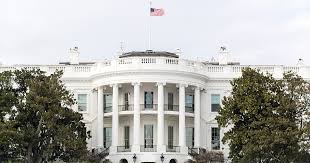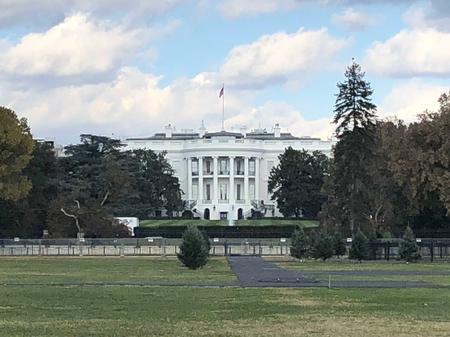What The Fallout from ‘Fire and Fury’ Looks Like In Washington
Capitol Hill is in a tailspin over “Fire and Fury”.


This week the political world has been abuzz with anticipation over a startling book depicting life in the first year of a President Trump White House.
“Fire and Fury” by Michael Wolff paints a picture of a chaotic, disorganized grouping of people trying to figure out their high-profile jobs while managing and containing a commander-in-chief who is consistently referred to as a “child” behind his back.
There are several disturbing scenes of a president perpetually teetering on the brink — of diplomatic capability, and of mental fitness.
But how much of the book can be taken seriously?
While Wolff’s book squares with the past year of high-quality reporting we’ve seen from news organizations in Washington D.C., the author’s credibility has been questioned, as have specific encounters he depicts that don’t match with reality.
Regardless, the book has thrown Capitol Hill into a tailspin.
Here is a brief excerpt from the book, as reported in New York Magazine:
Here, arguably, was the central issue of the Trump presidency, informing every aspect of Trumpian policy and leadership: He didn’t process information in any conventional sense. He didn’t read. He didn’t really even skim. Some believed that for all practical purposes he was no more than semi-literate. He trusted his own expertise — no matter how paltry or irrelevant — more than anyone else’s. He was often confident, but he was just as often paralyzed, less a savant than a figure of sputtering and dangerous insecurities, whose instinctive response was to lash out and behave as if his gut, however confused, was in fact in some clear and forceful way telling him what to do. It was, said Walsh, “like trying to figure out what a child wants.”
To hear Washington-based Reuters reporter David Shepardson discuss the book on Detroit Today, click on the audio player above.
